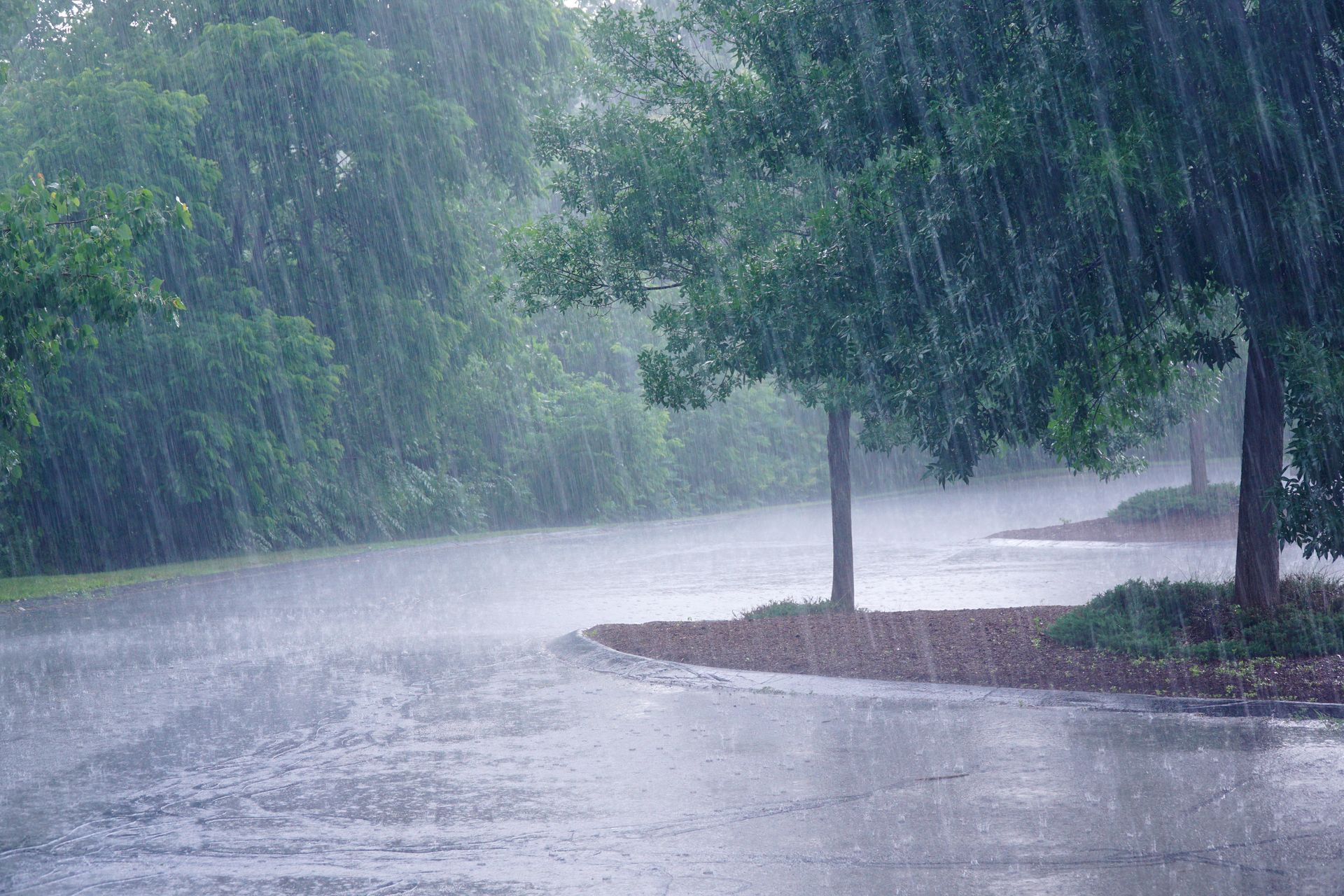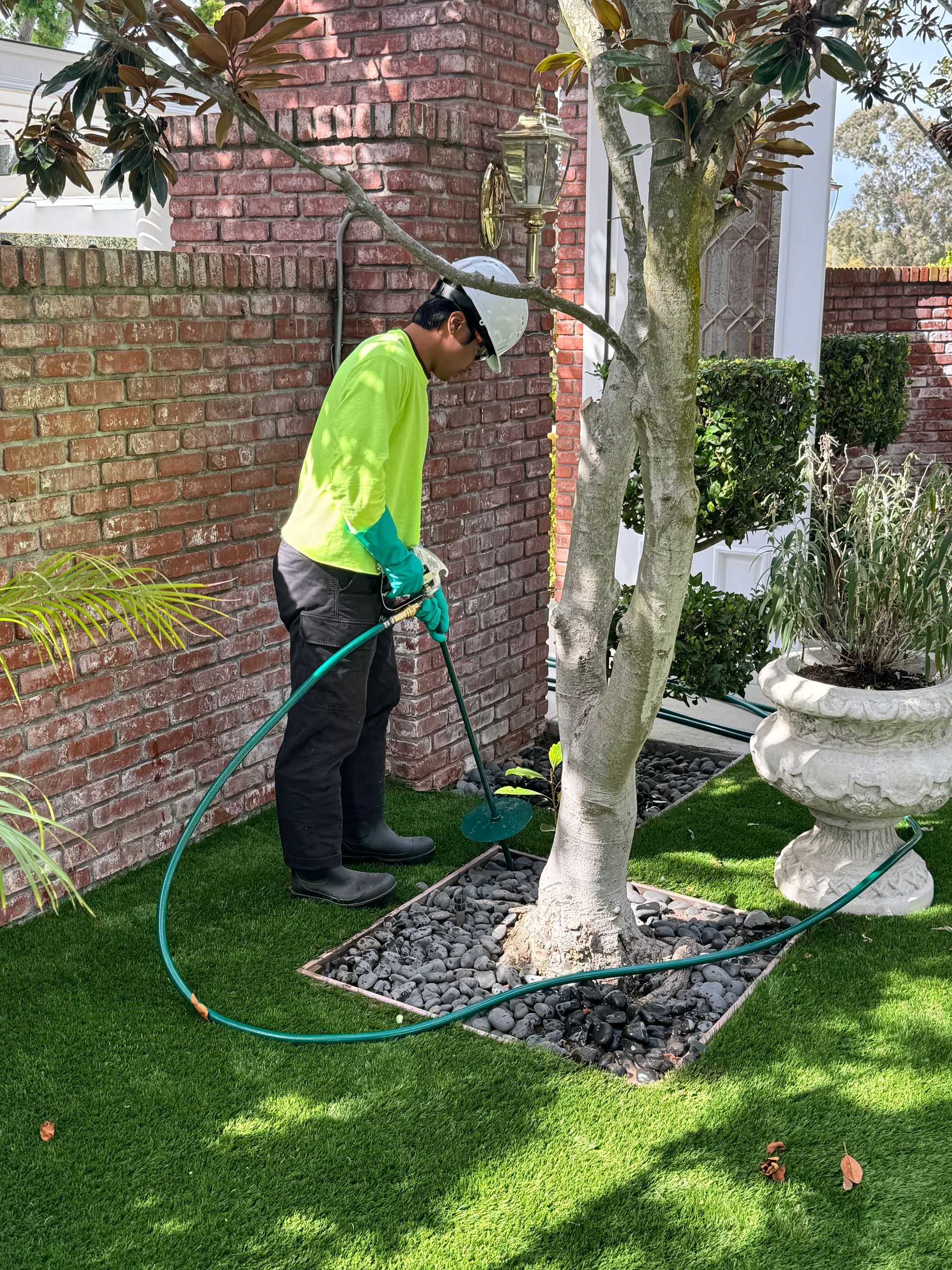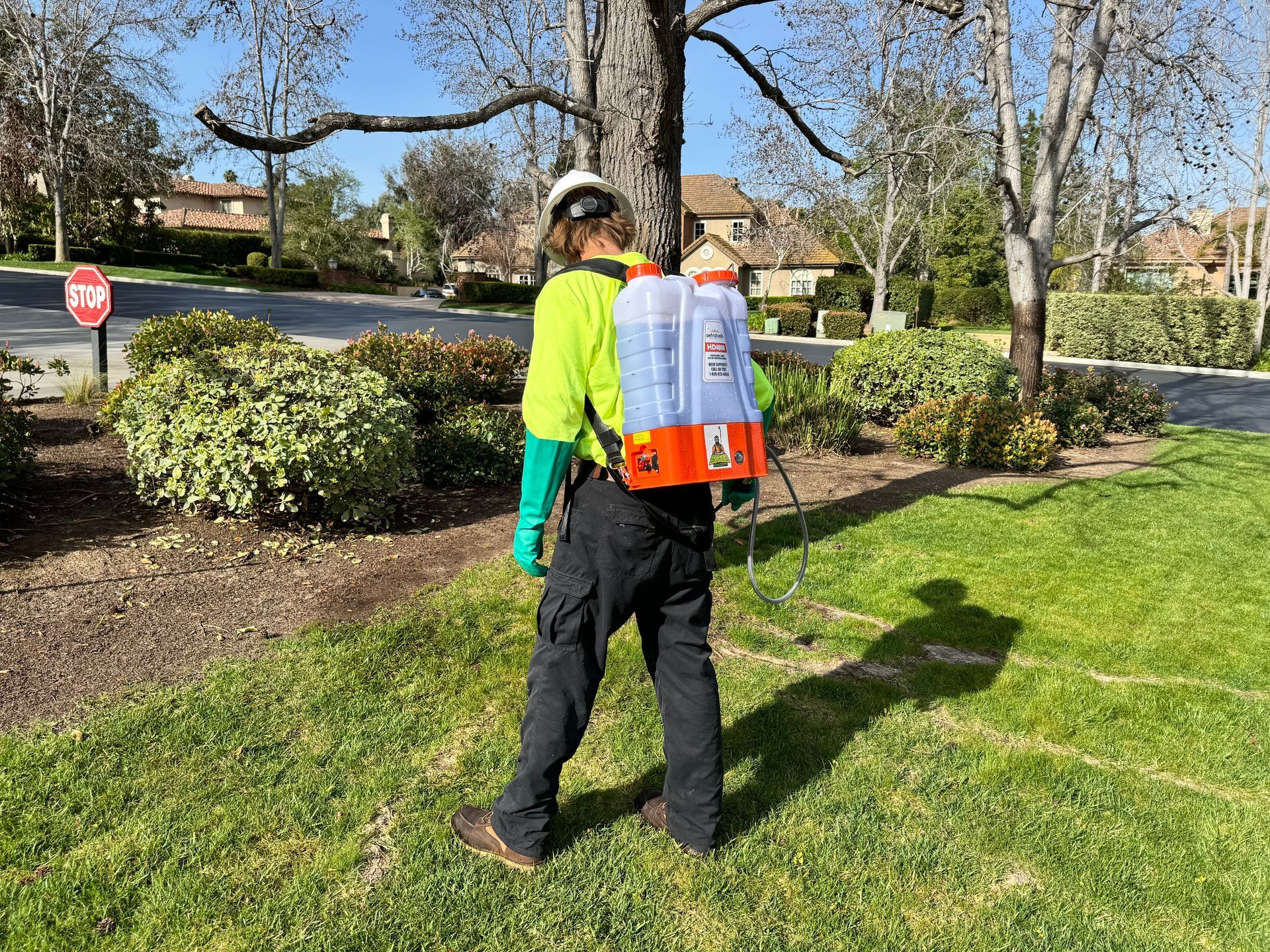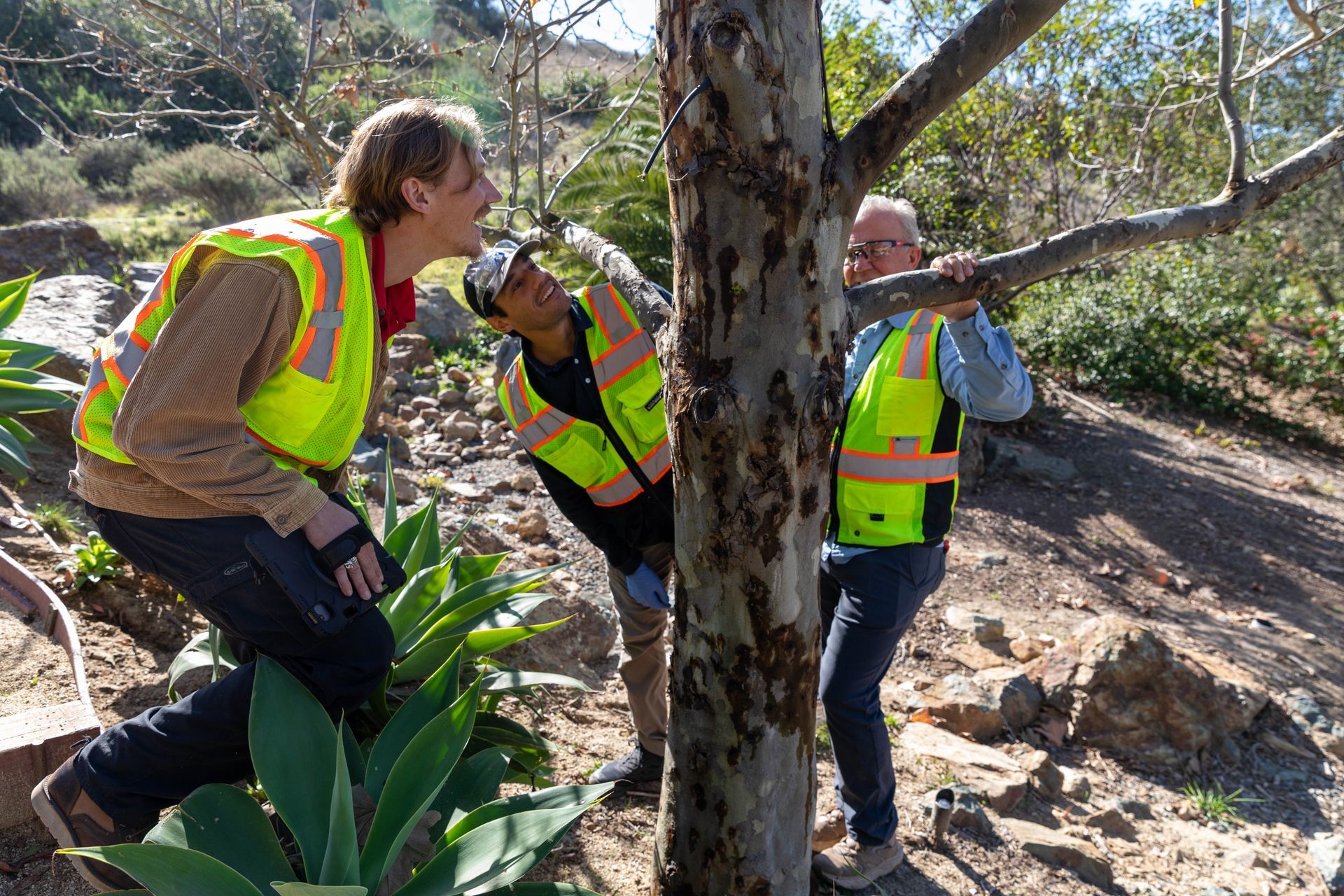Our News
Welcome to the TreeLife News page, your go-to source for the latest updates, expert insights, and tips on tree care and landscape management. Explore our blog for valuable information, industry trends, and practical advice to keep your urban forest thriving and vibrant.
Follow us on social media to keep up with our news

There are many forms of investigation in the professional world. Everyone has seen movies with crime scene investigations or read stories derived from investigative journalism. Many people know firsthand about the investigation that occurs when a doctor evaluates a patient. More recently, there are the computer technicians who investigate computer problems. But most people don’t know about the investigation that occurs daily in the little-known world of arboriculture. This story is about a TreeLife Investigator who was recently called out to a 'tree crime' scene. Most people would be surprised to learn that tree investigations occur regularly in many communities across the country. This story begins with a population of bottle trees (Brachychiton populneus), planted in a homeowner association parkway ten years ago, that were showing varying degrees of health decline. The management company representing the community’s board of directors wanted to know what was wrong with the trees, and they contacted TreeLife to solve the problem. An Investigator with TreeLife assessed the population of trees shortly thereafter and observed signs of secondary disorders in most of the trees. Many tree crowns appeared opaque, while others looked sparsely foliated. Leaf size was stunted on some specimens, and leaf tips were distorted and necrotic in others. The Investigator noted that all of the bottle trees had three or four “breather tubes” (aka “root aeration tubes”) placed within one foot of each trunk. The tubes were arranged in a non-uniform, non-symmetric pattern. Often sold as beneficials, “breather tubes” were known to be ineffective and generally harmful. They don’t improve soil aeration or water distribution as advertised, instead they usually lead to root and trunk damage. The TreeLife Investigator talked with a landscape maintenance account manager, familiar with the community, about the performance history of the trees. Purportedly their crowns would recover from the aforementioned secondary disorders each year only to decline or defoliate again.

Do insects and pathogens wake up in the morning, get their coffee and ponder on a balcony: “What do I feel like eating today?!” No. Quite the contrary. Trees and plants alike attract insects and disease when they are stressed in some form or fashion. Insects are electromagnetic in many ways, and pick up on vibrations present in odorants exuded by plants and other things in the environment. Disease only proliferates when conditions permit. In fact, pathogens can lay dormant in soil or debris, and are “activated” when stress provides an opportunity. Excluding invasive species, insects and pathogens are largely opportunistic, meaning they attack plants and trees that are providing an “opportunity” for them to host. Without some stress factor causing insect-attracting odorants to exude, opportunistic pests are generally uninterested in healthy trees. Moreover, pests do not “choose” their host; it is an electromagnetic phenomenon or symbiotic relationship between plant and pest. Plants and trees have been dealing with pests like fungi, bacteria and insects for millennia; and they have developed relationships of mutual sustenance, sometimes to the detriment of one or the other. Factors that TreeLife CA representatives consider when surveying any given set of trees are:

TreeLife Board Certified Master Arborist and Lead Consultant, Bradley Brown, live on local 10 news: “If we can get in before the rains and winds, or before defect [becomes incorrectible], we could potentially mitigate [failure] with pruning.” The best way to prepare for upcoming storms is to develop a well-structured tree before the winds and rains arrive. A well-structured tree can dampen the forces of wind by distributing weight along the entire stem, or entire wind-bearing system. It is when trees are routinely improperly pruned where branch failure becomes a true threat, particularly during storms. A common improper pruning practice implemented is termed “lionstailing,” which is the complete removal of branching structures and foliage along any given branch while leaving a small tuft of foliage at the end of that branch. This leaves a tree branch looking similar to a lion’s tail. Wind velocity that affects a “lionstailed” tree branch bears down significant load where that branch is attached to the tree trunk; that wind bearing load could have been radically minimized should those interior branching structures and foliage never been removed. This also results, over time, in skinnier, weaker branches, since the foliage along any branch is directly correlated with that branch’s taper, or “girth.”

The Torrey pine ( Pinus torreyana ), one of the rarest and most unique tree species in the United States, faces significant threats from a variety of pests and diseases. Endemic to the coastal cliffs of San Diego County and a small part of Santa Rosa Island, these trees are a vital part of the local ecosystem and a symbol of the region's natural beauty. However, in recent decades, Torrey pines have become increasingly vulnerable to a series of ecological challenges. Initially it was thought and identified that the fungus Pine Pitch Canker and Pitch Canker ( Fusarium circinatum and Fusarium subglutinans ), but our recent discovery identifies the real threat. Many contractors are treating Torrey Pines for varied reasons: Tip moth, wood borer, adelgid, scale, among other things. We now know how to properly protect our Torrey Pines.

As we delve into the world of trees, it’s easy to overlook the tiny heroes that play a crucial role in their health: microbes. These microscopic organisms are fundamental to the well-being of trees and their surrounding ecosystems. Here’s why understanding and nurturing microbial life is essential for tree health.




